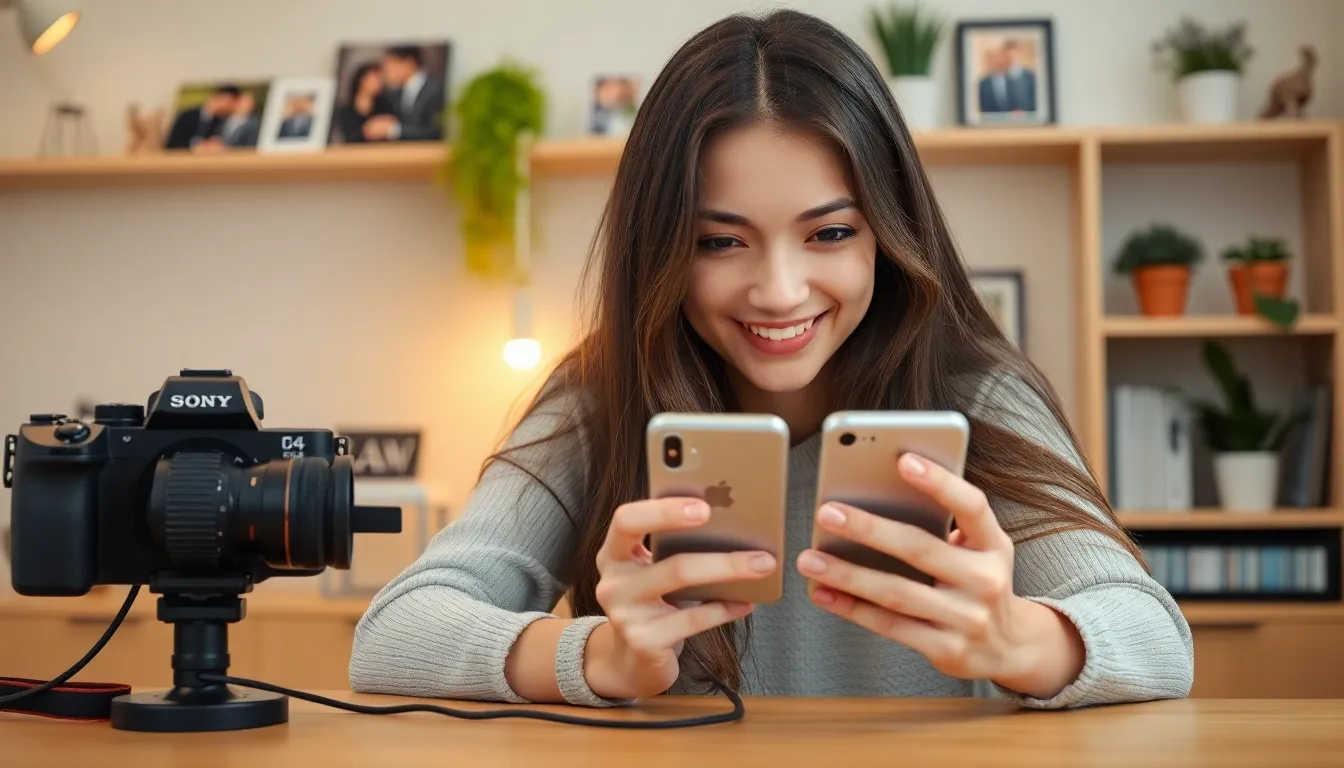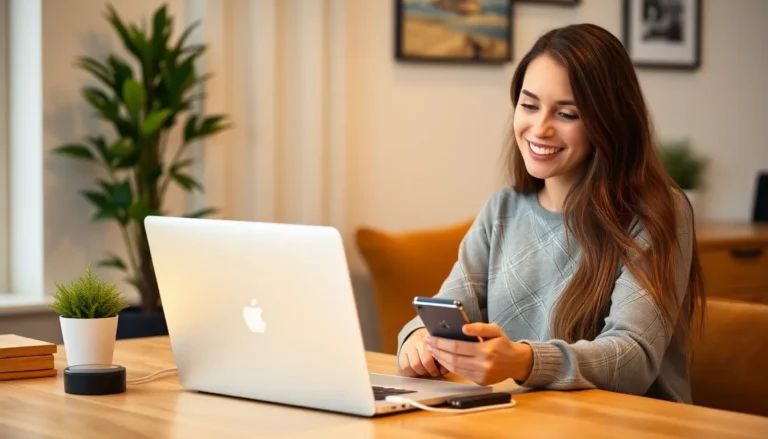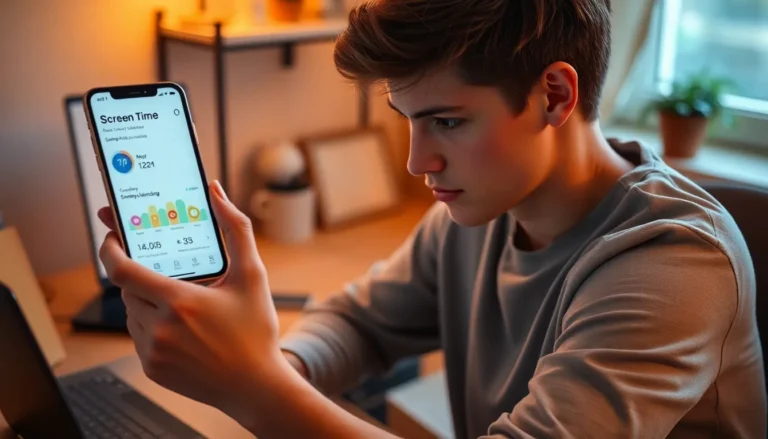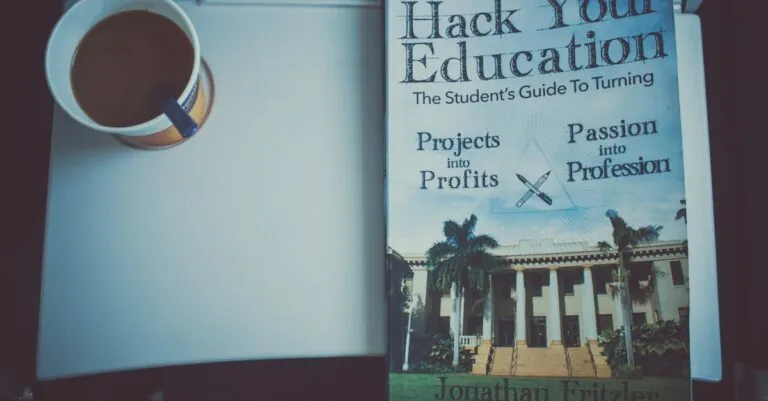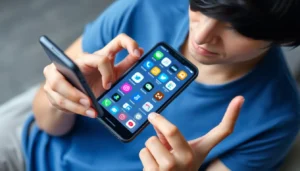Transferring videos from a Sony camera to an iPhone might sound like trying to teach a cat to swim—daunting and full of potential chaos. But fear not! With the right steps, this process can be as smooth as your favorite cat meme. Imagine capturing breathtaking moments on your camera and effortlessly sharing them with friends and family on your iPhone in just a few taps.
Table of Contents
ToggleUnderstanding The Importance Of Transferring Videos
Transferring videos from a Sony camera to an iPhone enhances user experience by providing access to high-quality content anytime. Enjoying those captured moments becomes easier when they’re available on a device used every day. Sharing videos with family and friends increases engagement, allowing more people to appreciate memorable events.
Improving accessibility is another key benefit. Videos stored on an iPhone can be edited and shared through various apps. These applications, such as iMovie or social media platforms, enable users to create polished content before distribution. Cost-effective options for sharing videos abound, as sending files through messaging services eliminates the need for expensive alternatives.
Editing capabilities are more convenient when videos are stored on an iPhone. Advanced features available in apps allow for seamless trimming, adding music, or even applying filters. This flexibility streamlines the creative process and encourages users to experiment with their content.
Backing up important memories is crucial. Transferring videos from the camera to an iPhone provides an extra layer of security. In instances where a camera is lost or damaged, having a duplicate on the iPhone simplifies recovery efforts.
Lastly, staying connected to loved ones enhances interactions. Sharing videos instantly fosters connection, allowing family and friends to feel included in experiences. This aspect of video transfer is essential in today’s fast-paced world, where maintaining relationships often relies on technology.
Preparing Your Devices
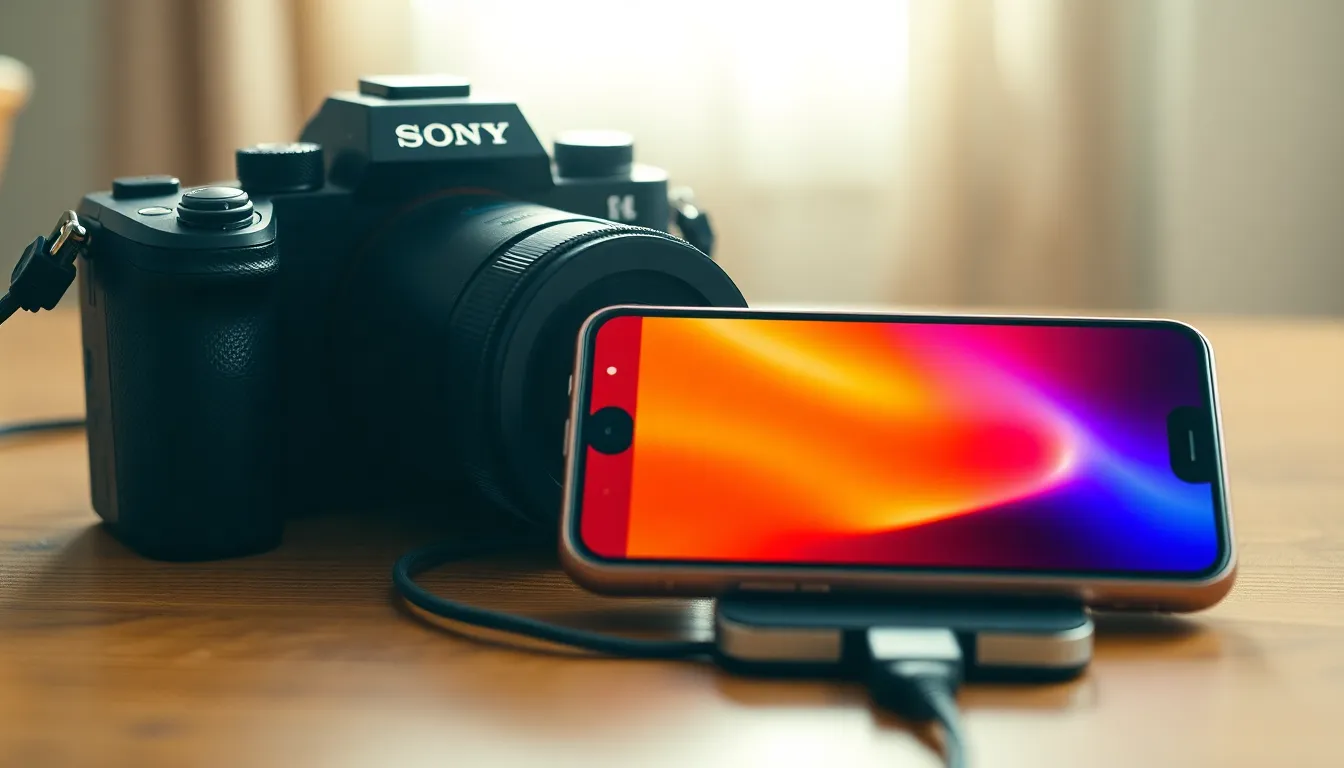
Before transferring videos, ensure that both the Sony camera and iPhone are ready. This preparation enhances the process and minimizes potential disruptions.
Checking Compatibility
Compatibility between devices plays a crucial role in successful transfers. Confirm that the Sony camera supports USB or Apple Lightning connections. Review the iPhone model; it should be updated to the latest iOS version. Additionally, verify that the camera’s video format aligns with the iPhone’s supported types, such as MP4, MOV, or AVI. This alignment ensures the iPhone recognizes and plays the videos seamlessly.
Required Cables And Adapters
Gather the necessary cables and adapters to facilitate the transfer. A USB cable compatible with the Sony camera is essential for direct connections. Depending on the iPhone model, an adapter may be required to convert USB connections to Lightning ports. Apple’s Lightning to USB Camera Adapter is a practical choice for this purpose. Having the correct accessories empowers users to transfer videos efficiently and reduces the risk of delays.
Transfer Methods
Multiple methods exist for transferring videos from a Sony camera to an iPhone, each offering different levels of convenience and efficiency.
Using USB And Lightning Adapter
Connect a Sony camera directly to an iPhone using a USB cable and Apple Lightning to USB Camera Adapter. This method offers a quick and reliable transfer process. Start by plugging the adapter into the iPhone, then connect the USB cable from the camera to the adapter. Once connected, the Photos app on the iPhone automatically opens, displaying the videos available for import. Users can select specific videos or all items for transfer. Ensure the camera is powered on during this process to avoid interruptions.
Using Wireless Transfer
Utilize Wi-Fi for a wireless transfer of videos from a Sony camera to an iPhone. Most modern Sony cameras come equipped with built-in Wi-Fi capabilities. Begin by enabling Wi-Fi on the camera. Then, download the Imaging Edge Mobile app on the iPhone. After the app installation, follow the prompts to connect the camera and the phone through Wi-Fi. Once connected, select videos to transfer via the app, making the process seamless and convenient. This method bypasses the need for cables while providing flexibility in sharing videos instantly.
Using Apps For Video Transfer
Transferring videos from a Sony camera to an iPhone can be effortlessly achieved using various apps designed for the task. Two popular options stand out: Sony PlayMemories Mobile and several third-party applications.
Sony PlayMemories Mobile
Sony PlayMemories Mobile allows users to connect their cameras to an iPhone via Wi-Fi. First, download the app from the App Store. After installation, enable the Wi-Fi feature on the camera, which creates a connection with the app. Users can browse videos directly on the iPhone and select the desired files for transfer. This process is user-friendly and eliminates the need for physical cables. Video formats compatible with this app include MP4 and AVCHD, ensuring a seamless transfer experience.
Other Third-Party Applications
Numerous third-party applications facilitate video transfers from Sony cameras to iPhones. One popular choice is the Infraware’s MyMedia, designed to manage and transfer multimedia files easily. Users can connect their camera to the iPhone using Wi-Fi and browse stored videos from within the app. Additionally, FileBrowser offers another efficient method, enabling users to access and transfer files over a network. Each application provides unique features and supports various video formats, ensuring versatility in transferring videos.
Troubleshooting Common Issues
Transferring videos from a Sony camera to an iPhone may lead to a few challenges. One common issue is connectivity problems. Ensure that the USB cable is securely connected to both the camera and iPhone. If the connection fails, consider trying a different cable or ensuring the Apple Lightning to USB Camera Adapter functions properly.
Compatibility poses another challenge. Confirm that the camera supports the video formats compatible with the iPhone. Formats such as MP4 and MOV are typically supported. If videos fail to transfer, check if the camera settings are set to the correct format for compatibility.
Sometimes, issues arise with the software. Ensuring that the iPhone is updated with the latest iOS version can help avoid potential glitches. Additionally, if users choose to utilize the Imaging Edge Mobile app, confirm that the Wi-Fi feature is enabled on the camera. Connectivity through Wi-Fi may require checking for the latest app updates.
Battery life also plays a crucial role. If the camera or iPhone has a low battery, transfer processes may be interrupted. Keeping both devices charged helps ensure a smooth transfer.
Lastly, ensure that sufficient space is available on the iPhone. If storage limits are reached, users may not be able to save new videos. Clearing unused files or transferring existing videos to another device can free up necessary space. By addressing these common issues, users can enhance their video transfer experience successfully.
Transferring videos from a Sony camera to an iPhone opens up a world of possibilities for sharing and editing cherished memories. With the right preparation and tools it’s a straightforward process that enhances the user experience. By utilizing methods like direct USB connections or wireless transfers users can enjoy the convenience of accessing their videos anytime, anywhere.
Whether using official apps or third-party solutions the ability to share high-quality content fosters connections with loved ones. Keeping devices updated and troubleshooting common issues ensures a smooth transfer experience. Ultimately this seamless integration allows users to celebrate their moments effortlessly while keeping them secure and easily accessible.

